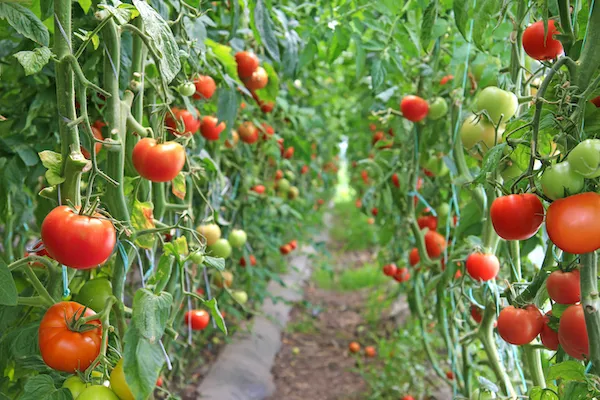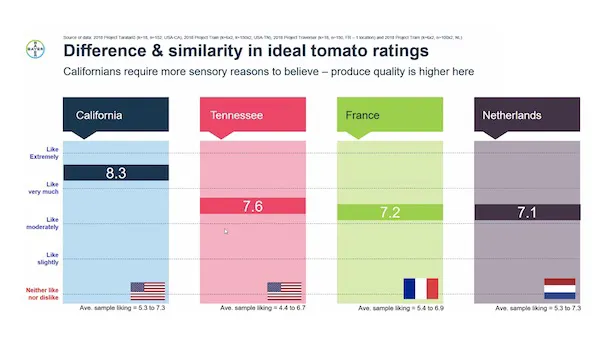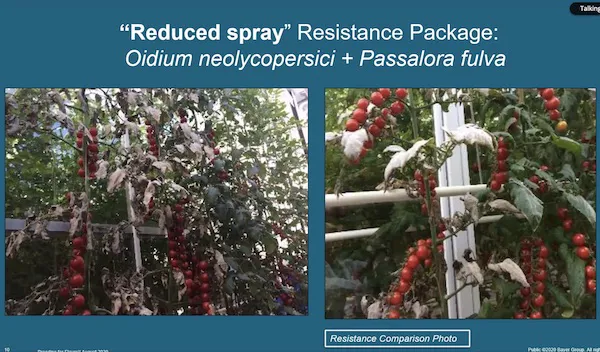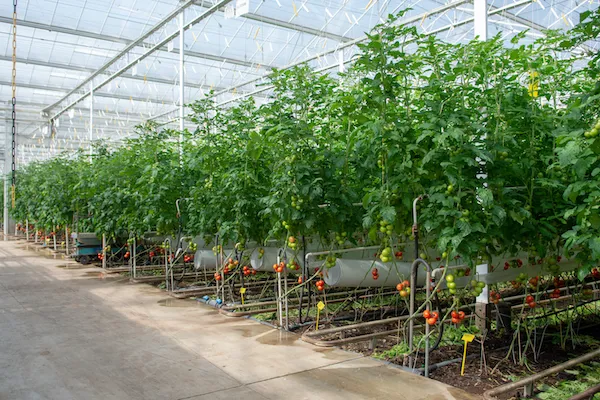On Thursday, August 27th, PMA hosted a free webinar that focused on understanding consumer tastes and preferences and how these drive plant-breeding technologies. The webinar featured speakers from different levels of the supply chain to provide an overview of the process: Dr. Chow-Ming Lee, who is the Consumer Sensory Lead at Bayer, Dr. Tomás Lomas, a Breeder for Bayer, and Matt Quiring, the Director of Sales at NatureFresh Farms.

Taste is primary for consumers
Consumers choose which items to buy based on a wide variety of factors, but the primary factor is the flavor of the product. Dr. Chow-Ming Lee explains: “There are a number of inputs that often subconsciously influence the consumers. Our senses are very important in aiding the decision, your nose is very powerful and so is vision. But even after the consumer brings the product home, they’re still making decisions: does the product taste good, and, most importantly, will they want to purchase it again?”
While taste being primary for consumers seems simple, there’s many different layers and facets to this. Lee says: “We’ve been conducting consumer tests around the world for the past ten years and there’s definitely differences in the preferences between countries. For example, in Germany they want their cherry tomatoes to smell sweet rather than savory. In France, while it’s geographically very close to Germany, the most important factor that consumers look for in their tomatoes is a deep red color. Then we also see that in California, where so many fruits and vegetables are grown and the consumers have many local choices, the criteria used to judge their produce is much higher.”

Breeders breed for the grower, the retailer, and the consumer
Dr. Thomás Lomas is a Breeder for Bayer, and he explained about the many different factors that breeders have to take into account when they create new breeds. “We have to meet the needs of the growers, the retailers and traders, and finally the consumers. The growers are looking for easy-to-grow plants, that are not picky to environmental conditions, and have a high resistance to pests and disorders. The retailers and traders are looking for size, shape and quality, but also for year-round availability. Finally, the consumers look for flavor, healthy attributes and aesthetic properties – but flavor is number one.”
Breeding for flavor is quite complex, Lomas explains. This is because the breeders need to find the right balance between the properties that will bring good flavor to the fruits, and the properties that will make the fruit grow well. “Sugar is one of the main contributors to flavor but high sugar levels go along with lower yields and smaller fruit sizes. Breeders have worked to increase the yield efficiency while maintaining sugar levels: in 1980 the maximum yield was 40 kilograms per square meter, and in 2015 we had brought that up to 100 kg/m2, so we’ve made a lot of progress. But environmental conditions can also affect sugar levels: sunlight, irrigation, wind and soil type, to name a few. Then there also needs to be a good balance between sugar and acidity, and the volatiles of the tomato then too have a big impact on the flavor. All-in-all, it takes at least five years to breed a new variety and that’s before it’s even tested by growers,” Lomas shares.

Five stages of the grower’s journey
Matt Quiring is the Director of Sales at NatureFresh Farms, and he explained the process growers go through when adding new varieties to their portfolio. “We have five basic phases,” he shares. “The first stage is discovery and exploration. During this phase we travel around the different breeders and see what’s new and exciting for the different products. We select a few varieties that look promising and bring them to our trial center. Then we enter phase two: trial and development. At our Discovery Center located in Leamington, Ontario, we do our growing trials for peppers, tomatoes, and cucumbers. We look and documents all kinds of different factors: Brix, shelf-life, firmness, flavor, etc.,” says Quiring.
After all this work, only a very small amount of the tested varieties will be selected to be taken into phase three: retail partnerships. “When we feel we have found the right product, we’ll start reaching out to retailers and see if they might want to include it in their stores. We then go into the consumer market research and analysis stage where we look at the best way to market the product. We’ve found that one thing the consumer really looks for is consistency: they want the same eating experience throughout the year. It’s so important to understand what will resonate with the customer and what will catch their attention. You have five feet and five seconds to catch their attention: when they’re within five feet of your product in the store, it needs to catch their eyes, and within five seconds it needs to draw them in, otherwise it’ll be overlooked. When all that is done, then we'll go into phase five: market launch” Quiring explains.

This PMA webinar highlighted the long journey that is undertaken for each new variety that appears in stores, as well as how to market these varieties once they hit stores. The full recording of the webinar is available to watch on PMA’s website.
